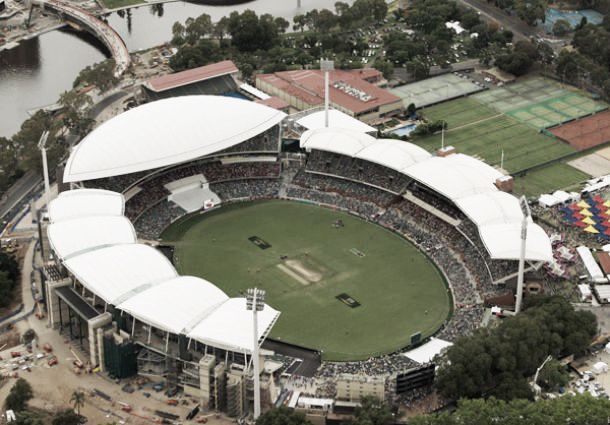On the 27th November, the final test of a three match series between Australia and New Zealand will be the first ever day/night test match in modern history.
The match will headline a 6 test schedule for Australia. It starts with a three test series against NZ followed by another 3 tests against West Indies. However, more importantly, it will be watched all over the world by fans, players, coaches and executives alike in order to evaluate just how much of a future day/night cricket has.
New Zealand Cricket agreed to take part in the experimental match as part of a financially lucrative deal that secures NZ's first test match in Australia since 2011. It also reignites the One Day Internatinal Chappell-Hadlee Trophy, as the two teams have agreed to stage six of these series over the next four years.
Major Changes Involved
The historic decision to allow day/night test matches is not a case of simply changing the time they start, a decision this major involves a major overhaul of existing rules, regulations and protocols.
The biggest change between normal test and day/night test is of course the change of the balls used. The red ball was deemed to be dangerous under floodlights due to the bad light, however the white ball was decided as unsuitable due to the MCC's and ICC's desire to keep players wearing traditional whites when playing test cricket. It was therefore decided that the rarely used pink ball would be played with.
The ball was used by Australian Sheffield Shield teams as part of a trial prior to the match. It will, as normal for a test in Australia, be provided by Kookaburra.
Time of play will also obviously be changed. Whilst no official start time has been confirmed, it is believed that it would start at 2:30PM and run until 9:30PM, Adelaide time.
As part of another break from tradition, lunch, the 40 minute break usually taken between the first and second session, would be instead taken between the second and third session. It will also be re-named dinner. The 20 minute break for tea will retain the same name but instead be held between the first and second session.
Criticism
The major criticism of day/night tests is the use of the pink ball. While Cricket Australia claim that the pink ball will not behave noticeably different from the red ball and will be able to last a test match without major deterioration.
However the trials carried out in Australia by the Sheffield Shield teams have proven extremely negative. The pink ball was collectively referred to as a 'dead ball' and only 11% of players believed that the trial was a success.
The Australian Cricketer's Association (ACA) chief, Paul Marsh, told ESPNCricinfo that "The general feedback was that it went soft very quickly, the ball didn't swing, it didn't seam, it didn't reverse swing. So it became a ball that was very difficult to get batsmen out with, but it was also difficult to score runs because it got soft quickly."
In the results of the survey it was found that 94% of those surveyed believed that the pink ball deteriorated noticeably worse when compared to the red ball, only 11% said that the pink balled swung and seamed the same as the pink ball, and 75% said that the pink ball did not provide a fair battle between bowlers and batsmen.
Australian quick bowler Mitchell Starc was also quick to criticise. He launched a scathing attack on the pink ball.
Telling the English media that “It goes soft pretty quickly," Starc also commented, "I didn’t see a huge amount of reverse swing in that game and I don’t think it swung from memory too much until the artificial light took over.
“The other thing as well is I couldn’t see the thing at night on the boundary. So I’m not sure how the crowd are going to see it."
Most importantly in Starc's criticism is the lack of visibility at night. The pink ball was selected as it was the only ball that was visible in natural daylight and also under floodlights without requiring players to wear coloured clothing. Starc's criticism is supported by the ACA survey, which found that 42% of player struggled to see the ball in daytime and that 49% also couldn't see the ball under floodlights.
It will also stop certain players playing cricket as Australian opener Chris Rogers, has effectively ruled himself out of day/night tests as he is colour-blind and therefore has difficulty picking out the pink ball.
Future
If this test match is successful, these five days could be historic for the future of cricket and could be one of the most significant changes in cricketing history.
The biggest test for this test will be to see whether or not the pink ball holds up to the rigours of test match cricket. If the pink ball is successful and the changed times actually do help improve attendances and general viewing figures do rise, the day/night tests could become a permanent feature in every international teams schedules.
One thing is certain the 27th November - 1st December 2015 will probably be one of the most important and eagerly anticipated five days in cricket's history.





































